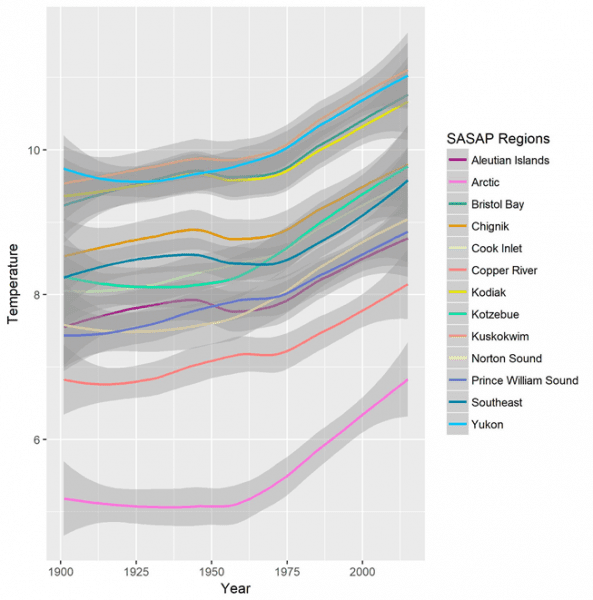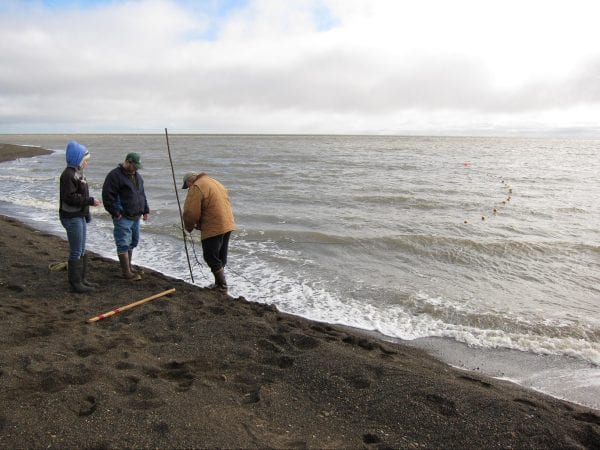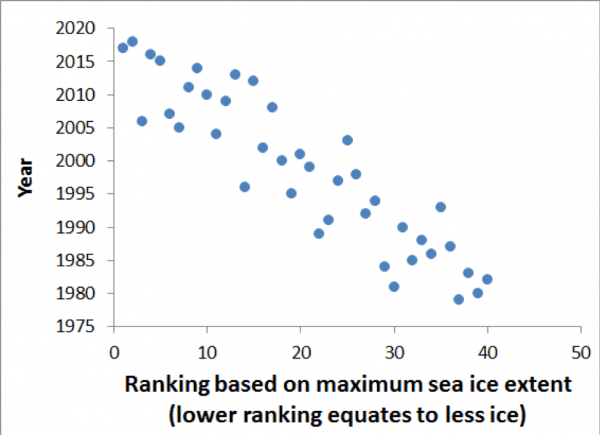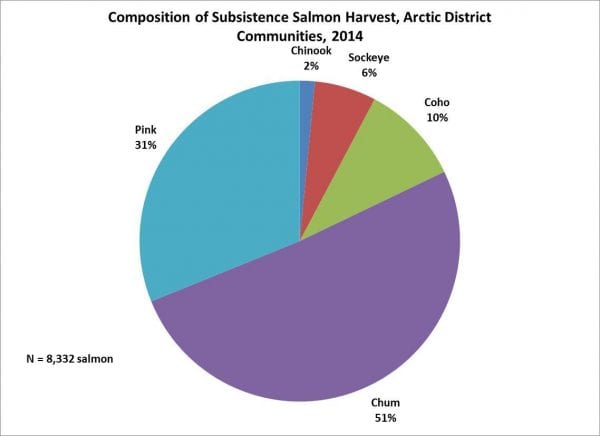Armstrong, J. B. & Bond, M. H. Phenotype flexibility in wild fish: Dolly Varden regulate assimilative capacity to capital
Bacon, J.J., T. R. Hepa, H.K. Brower, M. Pederson, T.P. Olemaun, J.C. George, and B.G. Corrigan. (2009). Estimates of Subsistence Harvest for Villages on the North Slope of Alaska, 1994 – 2003. North Slope Borough, Department of Wildlife Management. Barrow.
Bond, M. H., Miller, J. A. Quinn, T. P. Beyond dichotomous life histories in partially migrating populations: cessation of anadromy in a long-lived fish. Ecology 96, 1899–1910 (2015).
Bisson, P. A. Assessment of the risk of invasion of national forest streams in the Pacific Northwest by farmed Atlantic salmon. Gen. Tech. Rep. PNW-GTR-697. Portland, OR: US Department of Agriculture, Forest Service, Pacific Northwest Research Station. 28 p 697, (2006).
Brown, C. L., Braem, N. M., Kostick, M. L., Trainor, A., Slayton, L. J., Runfola, D. M., Simon, J. J. (2016). Harvests and Uses of Wild Resources in 4 Interior Alaska Communities and 3 Arctic Communities, 2014 (Technical Report). Alaska Department of Fish and Game.
Brown, R. S., Hubert, W. A. & Daly, S. F. A primer on winter, ice, and fish: what fisheries biologists should know about winter ice processes and stream‐dwelling fish. Fisheries 36, 8–26 (2011).
Burr, J. (2006). Fishery Management Report for Sport Fisheries in the Arctic-Yukon Management Area, 2003-2005 (Fisheries Management Report No. 06-66) (p. 97). Anchorage, Alaska.
BurnSilver, S., Magdanz, J., Stotts, R., Berman, M., & Kofinas, G. (2016). Are Mixed Economies Persistent or Transitional? Evidence Using Social Networks from Arctic Alaska: Are Mixed Economies Persistent or Transitional? American Anthropologist, 118(1), 121–129. https://doi.org/10.1111/aman.12447
Carothers, C. S. Cotton, and K.J. Moerlein. 2013. Subsistence use and knowledge of salmon in Barrow and Nuiqsut, Alaska. University of Alaska Fairbanks Coastal Marine Institute: Fairbanks.
Craig, P. and L. Haldorson 1986. Pacific salmon in the North American Arctic. Arctic 39 (1): 2-7.
Cotton, S. 2012. Subsistence salmon fishing in Beaufort Sea communities. Master’s Thesis. University of Alaska Fairbanks.
Correa, C. & Gross, M. R. Chinook salmon invade southern South America. Biological Invasions 10, 615–639 (2008).
Dolloff, C. A. Reeves, C. H. Microhabitat partitioning among stream-dwelling juvenile coho salmon, Oncorhynchus kisutch, and Dolly Varden, Salvelinus malma. Canadian Journal of Fisheries and Aquatic Sciences 47, 2297–2306 (1990).
Dunmall, K. M. et al. Pacific salmon in the Arctic: harbingers of change. Responses of Arctic marine ecosystems to climate change. Edited by FJ Mueter, DMS Dickson, HP Huntington, JR Irvine, EA Logerwell, SA MacLean, LT Quakenbush, and C. Rosa. doi 10, (2013).
Fall, James A. et al. 2018. Alaska Subsistence and Personal use Salmon Fisheries 2015 Annual Report. Alaska Department of Fish and Game, Division of Subsistence Technical Paper No. 440. Anchorage.
George, C., L. Moulton, and M. Johnson. 2009. A field guide to the common fishes of the North Slope of Alaska. Version 1.5. Barrow, Alaska: Department of Wildlife Management, North Slope Borough.
Langdon, S. (2002). The Native people of Alaska: Traditional living in a northern land. Anchorage, AK: Greatland Graphics.
Mikow, E., Retherford, B., Godduhn, A., & Kostick, M.L. 2016. Exploring Subsistence Fisheries of Point Lay and Wainwright, Alaska. Alaska Department of Fish and Game, Division of Subsistence Technical Paper No. 419. Fairbanks.
Nielsen, J. L., Ruggerone, G. T. & Zimmerman, C. E. Adaptive strategies and life history characteristics in a warming climate: Salmon in the Arctic? Environmental Biology of Fishes 96, 1187–1226 (2013).
Parmesan, C. Ecological and evolutionary responses to recent climate change. Annu. Rev. Ecol. Evol. Syst. 37, 637–669 (2006).
Pess, G. R., Quinn, T. P., Gephard, S. R. & Saunders, R. Re-colonization of Atlantic and Pacific rivers by anadromous fishes: linkages between life history and the benefits of barrier removal. Reviews in Fish Biology and Fisheries 24, 881–900 (2014).
Quinn, T. P., Kinnison, M. T. & Unwin, M. J. Evolution of chinook salmon (Oncorhynchus tshawytscha) populations in New Zealand: Pattern, rate, and process. in Microevolution Rate, Pattern, Process (eds. Hendry, A. P. & Kinnison, M. T.) 8, 493–513 (Springer Netherlands, 2001).
Reist, J. D. et al. An overview of effects of climate change on selected Arctic freshwater and anadromous fishes. AMBIO: A Journal of the Human Environment 35, 381–387 (2006).
Roos, J. F. Feeding Habits of the Dolly Varden, Salvelinus malma (Walbaum), at Chignik, Alaska. Transactions of the American Fisheries Society 88, 253–260 (1959).
Stephenson, S. A. A review of the occurrence of Pacific salmon (Oncorhynchus spp.) in the Canadian Western Arctic. Arctic 37–46 (2006).
Wenger, S. J. et al. Flow regime, temperature, and biotic interactions drive differential declines of trout species under climate change. Proceedings of the National Academy of Sciences 108, 14175–14180 (2011).












